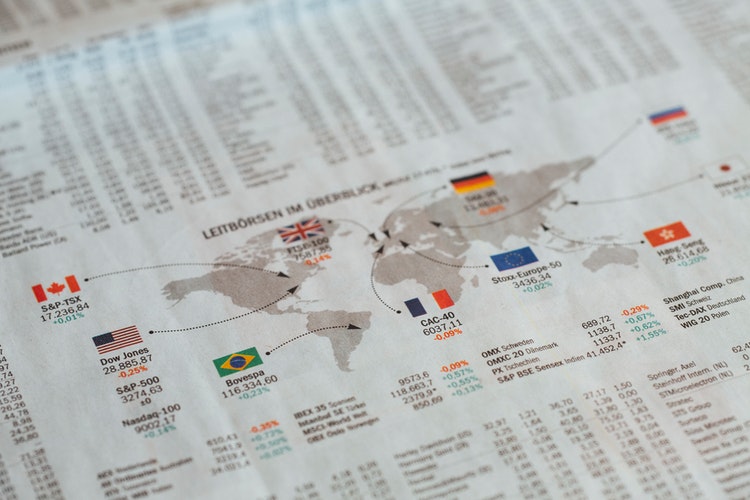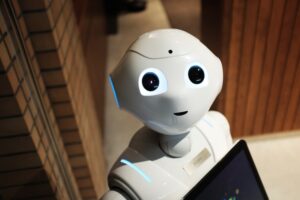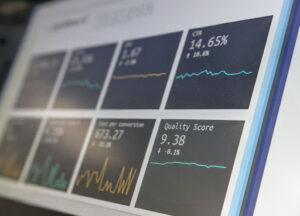People across the world are becoming increasingly concerned about climate change and the long-term effects of our habits and decisions on the health of the planet.
Rising temperatures, unprecedented natural disasters and massive loss of biodiversity have been witnessed at a frightening rate over the past few decades and it is now widely understood that changes need to be made — on both an individual and mass scale — in order to safeguard our home for future generations.
“The technology sector is playing an integral role in developing innovative technologies that are fighting against the planet’s destruction and the Internet of Things is emerging as a vital tool in this battle.”
The Internet of Things explained
What is the IoT? The IoT refers to the Internet of Things, which is an umbrella term for any device which is connected to the online world and has the ability to communicate remotely to its user. The term “smart” is often used to describe these devices and typical examples include smartwatches, smart home devices and smart security systems.
There are billions of devices around the world that are connected to each other, transferring data and working to create seamless and responsive user experiences. Whilst currently IoT devices are most commonly found in the home, it is expected that the next wave of technological development will include incorporating this smart technology into workplaces and broader urban environments.
How the IoT is working to defeat climate change
The Internet of Things can do more than bring added convenience to our life; scientists and developers are working to harness the technology in a number of ways to bring down carbon emissions and protect the health of the planet.
The main advantage of IoT technology is its ability to use sensors to track and monitor all kinds of data, which can be extremely useful in measuring the environmental impact of certain processes.
IoT devices used in an industrial setting have the capacity to measure air quality, water quality, pollution levels, wind speed, land erosion, animal activity and vegetation density. Having hard facts and figures about the growth and decline of these factors enables governments, industries and environmental organisations to make pertinent and well-reasoned policy decisions.
The IoT is expected to also play an ongoing role within an agricultural setting. Farming, particularly the breeding of livestock, is one of the biggest contributors to global emissions and environmental experts are constantly looking for tools that will assist them in bringing down these levels of greenhouse gases, whilst ensuring the stability of the agricultural industry. The IoT has the capacity to measure soil minerals, temperature and moisture which can help increase crop yield whilst reducing the need for pesticides, fertiliser and excess watering.
IoT devices can also monitor the level of methane produced by cattle. A single cow produces between 70 and 120 kg of methane per year and there are an estimated 1.5 billion cows in the world. Devices connected to the IoT can monitor the health and temperature of livestock animals, identifying and treating those that have dietary issues which can play a role in helping reduce methane related greenhouse gas emissions.
When combined with other emerging technologies including 5G and AI, the World Economic Forum estimates that IoT devices could help cut carbon emissions by 15% — which is to say, you can expect to hear a lot more about the Internet of Things and its fight against climate change in the near future.
IoT and security
The IoT is a fantastic tool that can be harnessed in a variety of ways to bring positive change to the community. It is, however, extremely important that all users remain aware of the security risks posed by the Internet of Things.
Internet of Things security is a hot topic of conversation and with good reason. Devices that are connected to the IoT — whether they be in our homes, cars or on a farm — monitor, track and store enormous amounts of data that in the wrong hands, can be used against us.
Industries and businesses that harness the power of the IoT have a responsibility to ensure they are taking appropriate steps to safeguard the information they are gathering, and we should also be aware of this on an individual scale.
Whenever you purchase or connect to an IoT device, always remember the following security tips:
- Have reputable internet security software installed on your computer, laptop, phone and tablet devices.
- Use strong passwords for accounts — a combination of uppercase and lowercase letters, numbers and special characters.
- Always read the privacy policy of any apps that you download to control your IoT devices
- Check the device manufacturer’s website for regular security updates.
- Make sure you do your research. Know what kind of data a device is collecting, where it is being stored and if it is being shared with any third parties.
The application of the IoT in the battle against climate change is an excellent example of how technology can make a tangible and positive difference in our lives — just ensure that you are always taking steps to safeguard your privacy.










